What started as a small festival founded by Robert Redford to support independent filmmakers has grown into one of the most influential film festivals in the world. The Sundance Film Festival has not only launched the careers of groundbreaking directors but has also reshaped the landscape of independent cinema. From its humble beginnings in the mountains of Utah to its status as a global platform for storytelling, Sundance continues to be a beacon for creativity, innovation, and artistic freedom. Let’s take a journey through the festival’s rich history—how it started, how it evolved, and where it stands today.
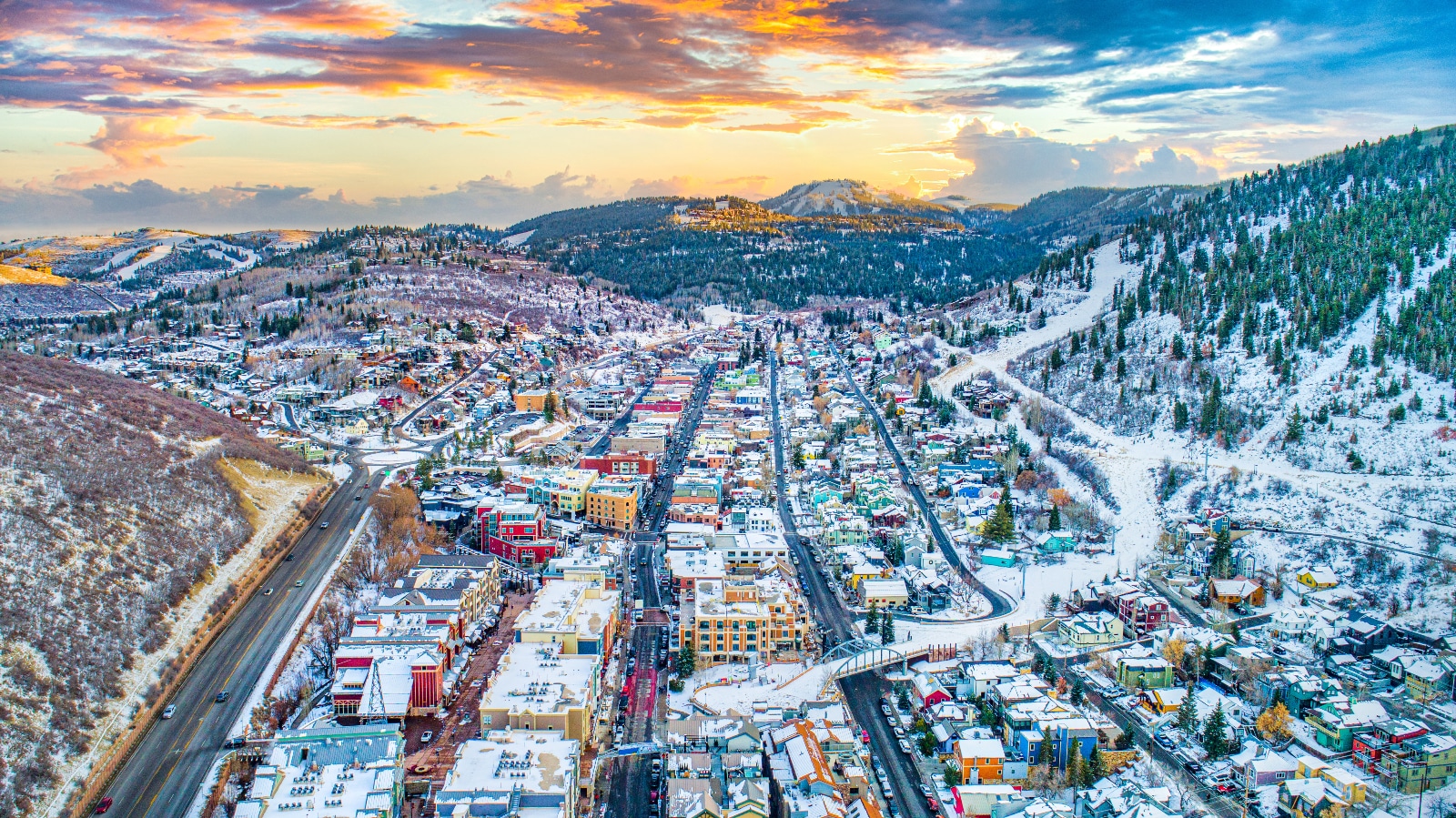
Pre-1980: Robert Redford Discovers His Appreciation For Utah
Image Source (Robert Redford in Utah, 1969)
The history of the Sundance Film Festival begins with Robert Redford and his deep appreciation for Utah—who can blame him? Utah is truly majestic with its sweeping mountains in the north and striking red rock formations in the south. During a cross-country motorcycle trip, Redford immediately fell in love with Provo Canyon and the awe-inspiring Timpanogos Mountains. Around 1961, Robert Redford and his first wife, Lola Van Wagenen, bought two acres and built an A-frame house in the snowy mountains of the Beehive State. He spent his days on horseback, skiing, or snowmobiling with his kids.
By the 1970s, Redford had purchased over 7,000 acres of land in Utah, naming the land Sundance after his role in Butch Cassidy and the Sundance Kid. The amassed land included a ski resort (Sundance Mountain Resort), a ranch, a horse-training farm, and a large tract in the Wasatch Mountains—where Redford even designated a significant portion as a wilderness preserve. Redford’s land would soon become a hub for his passion and craft, evolving into the Sundance Institute—a place where artists could refine their skills and bring their creative visions to life.
1980s: Robert Redford Starts the Sundance Institute & Holds the First Film Festival
Image Source (Redford and friends at a Sundance Institute planning meeting, 1981)
When Redford acquired 7,000 acres in Provo Canyon, New York, investors advised him to fill it with lucrative hotels and condominiums—but Redford saw a different potential: a space for artistic experimentation and collaboration among creatives. In 1981, Robert Redford gathered a group of colleagues and friends in Sundance, Utah, to determine if an institute could be founded that reaffirmed the essentialism of story, craft, and originality in the art of filmmaking. This meeting was the beginning of the nonprofit Sundance Institute, a space for emerging artists to improve their craft and an environment that encouraged independent storytelling.
The Institute’s first lab brought together 15 independent filmmakers to develop one-of-a-kind projects with the mentorship of film experts like Waldo Salt and Sydney Pollack. Gregory Nava co-wrote and directed El Norte out of this lab, which earned him and Anna Thomas an Academy Award nomination for Best Original Screenplay.
In addition to the Institute, Robert Redford was also a board chairman at the U.S. Film Festival, which was founded by Sterling Van Wagenen and John Earle in 1978. In 1985, the Sundance Institute took creative and administrative control of the U.S. Film Festival, an annual film festival in Utah event that drew filmmakers to the state, featured American classics, hosted panel discussions with industry experts, and provided a platform for independent films outside of Hollywood to reach a wider audience. Redford expanded the festival to a 10-day showcase for new American independent narrative and documentary films and a selection of international cinema—and he would later rename it to what we know as today: the Sundance Film Festival. In 1985, 86 films debuted at the first Sundance Film Festival, including Joel and Ethan Coen’s “Blood Sample,” Jim Jarmusch’s “Stranger Than Paradise,” John Schlesinger’s “The Falcon and the Snowman,” and more.
Throughout the 1980s, Robert Redford’s Sundance Film Festival continued to expand. At one point, the Institute launched a Latin American Exchange Program and Sundance Film Festival in Tokyo to create further opportunities for filmmakers abroad. In 1987, the Institute established additional labs to support artists with diverse talents, including emerging composers, film choreographers, and script developers. Countless films debuted at Sundance, but one in particular took center stage and pushed the festival into the spotlight in 1989. Steven Soderbergh’s sex, lies, and videotape was a major success, winning the Dramatic Audience Award at the festival and bringing independent filmmaking to a broader audience. It remains one of the most successful independent films to date and helped establish the Sundance Film Festival as the premier platform for indie cinema.
1990s: The Massive Expansion of the Sundance Film Festival
Image Source (Robert Redford talks with Native filmmakers, 1994)
By 1990, the festival screened over 100 films for the first time. To expand its reach across cinematic genres and showcase film experiences at the most taxing hour, Sundance introduced the Midnight section, which included a mix of comedies, horror, and genre-defying flicks. Additionally, Robert Redford also made an effort to extend the film festivals’ reach across cultural barriers throughout the 1990s. In 1993, the Sundance Institute co-sponsored the first Mexican Screenwriters Lab in partnership with the University of Guadalajara. Guillermo del Toro brought his screenplay The Devil’s Backbone to the lab to continue its development and gain inspiration.
In 1994, the Institute upheld its longstanding commitment to the success of Native American filmmakers by establishing a Sundance Film Festival section to showcase the work of Native and Indigenous creatives. Smoke Signals, the first feature-length film written, directed, and produced by Native Americans to reach a broad audience, premiered at the 1998 Sundance Film Festival and won the Festival’s Dramatic Audience Award and Dramatic Filmmaker Trophy. In 1995, the Institute expanded its international reach, holding Latin American Producers Conferences in Cuba, Mexico, and Brazil, as well as Screenwriters Labs in Brazil, Mexico, Chile, and Central Europe.
Independent, low-budget films were on the rise in the 1990s, and several debuted at the Sundance Film Festival. Roger & Me, Reservoir Dogs, Before Sunrise, Boys Don’t Cry, and The Blair Witch Project were among the many films that gained critical acclaim and commercial success after premiering at the festival. Their success not only helped define the decade’s independent film movement but also solidified Sundance as a key launching pad for emerging filmmakers, proving that indie films could achieve mainstream recognition.
Early 2000s to Today: Sundance Continues to Lead the Way for Independent Filmmakers & Leaves Utah
Image Source (The Egyptian Theatre during the 2023 Sundance Film Festival in Park City, Utah)
By the early 2000s, Sundance had firmly established itself as a household name in the independent film industry and continued expanding its horizons. In 2002, the Soros Documentary Fund became the Sundance Documentary Fund, earning a spot as a core program at the Institute. Through the Documentary Film Program’s support, Born Into Brothels: Calcutta’s Red Light Kids premiered at the 2004 Sundance Film Festival, gaining worldwide recognition.
Sundance continued championing international filmmakers, launching the World Cinema Competition in 2005 to amplify diverse creative voices. Between 2012 and 2014, the Sundance Film Festival expanded its reach overseas, hosting festivals in London and Hong Kong to foster global connections.
In recent years, Sundance has cemented its reputation with festival-supported films recognized at world-renowned awards shows like the Academy Awards (Oscars). In 2022, CODA and Summer of Soul (…Or, When the Revolution Could Not Be Televised) took home multiple awards from that year’s Sundance Film Festival and the Academy Awards. CODA won Best Picture, Best Performance by an Actor in a Supporting Role, and Best Adapted Screenplay, with Summer of Soul winning Best Documentary (Feature) at the Oscars.
The End of An Era: Sundance Moves Out of Utah
Today, the Sundance Film Festival is one of the biggest film festivals in the world, along with Cannes, Berlin, Venice, and Toronto. What Robert Redford started as a simple festival to encourage and inspire independent filmmakers has now become a global platform that showcases groundbreaking storytelling, launches careers, and shapes the future of independent cinema. But in the spring of 2025, it turned a new page—growing out of the ski town of Park City and relocating to Boulder, Colorado, to begin an exciting new chapter. The Institute broke the news by stating, “Boulder offers small-town charm with an engaged community, distinctive natural beauty, and a vibrant arts scene, making it the ideal location for the Festival to grow.” While other cities—like Cincinnati, Ohio, and Salt Lake City, Utah—were considered, Boulder was the mountain town the Institute ultimately chose to grow roots once again. Redford himself spoke about the move, “This move will ensure that the Festival continues its work of risk-taking, supporting innovative storytellers, fostering independence, and entertaining and enlightening audiences.”
With its commitment to artistic innovation and diverse voices, Sundance continues to be a driving force in the film industry—no matter what city it takes place in—bridging the gap between indie filmmakers and mainstream audiences worldwide.
Avalanche Studios: A Video Production Company Trusted By Sundance
The Sundance Film Festival has a rich history spanning decades—and it continues to shape the future of independent cinema. What if you could collaborate with a video production company with firsthand experience working with the Sundance Film Festival? Imagine the possibilities—Avalanche Studios turns the impossible into reality. From ongoing festival coverage to sponsorship highlight videos and live streaming, Avalanche Studios has been a trusted partner of Sundance for years—and you can work with us to make your vision come to life.
Whether you’d like to craft a stellar script or film a moving documentary, our team can help you get it done. We have a crew of award-winning writers, filmmakers, and artists eager and ready to collaborate with you and get your story in front of an audience. Avalanche Studios provides full-service video production services, from scriptwriting to post-production editing. If you’d like to work with a video production company that the Sundance Film Festival trusts, we’re your team. Contact us today to utilize our expertise and experience for your next film project.

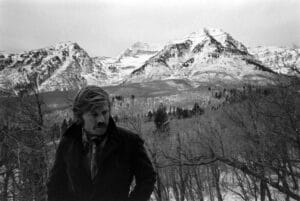
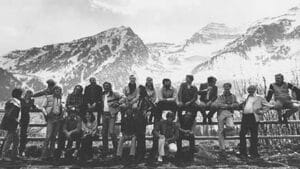
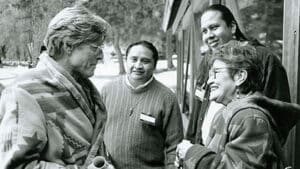
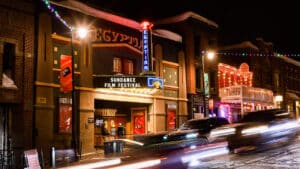
Recent Comments